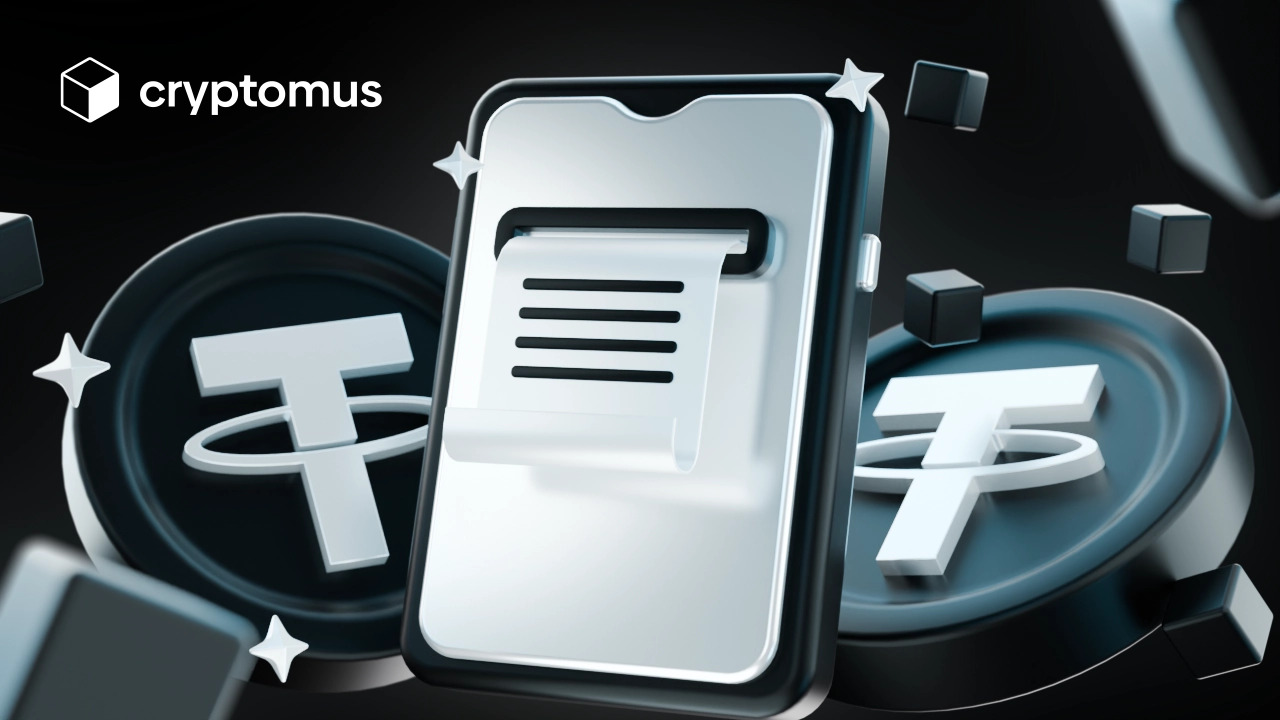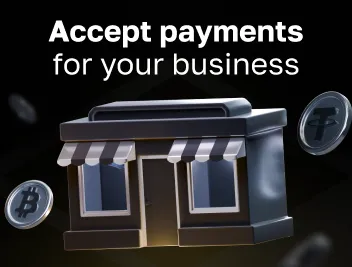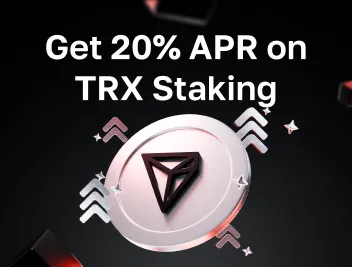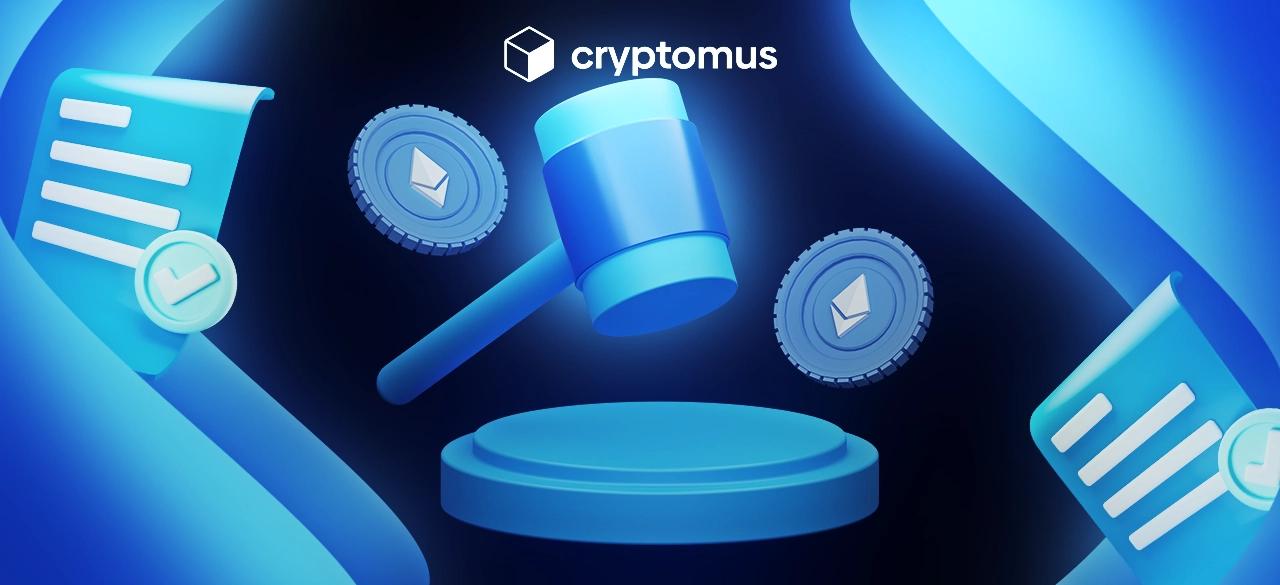
USDT Transfer Fee: How Much Does It Cost To Send USDT
USDT (Tether) is a popular stablecoin that is well-known for its 1:1 peg to the US dollar and price stability. However, since transferring money between wallets entails a transaction charge, it's crucial to comprehend how USDT costs operate before starting a transfer. We'll explore the price of sending USDT in this article and look at the main variables that affect transfer fees.
What Is A USDT Network Fee?
The USDT transaction fee is the charge applied when transferring tokens within the selected blockchain network. The expense is typically covered by the sender, but occasionally it may be split between the recipient and both parties. These fees are necessary for the network to function steadily and securely, even though they raise the total cost of a transaction.
Let’s take a closer look at why fees are necessary when sending USDT:
-
Network security: transaction fees help prevent spam and malicious activities. Users spend blockchain resources more responsibly when every transaction requires a fee.
-
Network stability: transaction fees help manage network load, especially during periods of high activity. They allow for prioritization of transactions, ensuring the network remains stable and fast.
-
Efficient resource usage: on networks like TRON, Ethereum, and Binance Smart Chain, fees are paid in native tokens (TRX, ETH, and BNB) and cover the costs of data storage, computation, and bandwidth, supporting high network performance.
-
Financial incentives for participants: fees serve as rewards for miners and validators who confirm transactions and maintain network integrity, motivating them to ensure its security and reliability.
How Is The Transfer Fee Determined?
Before transferring USDT, it’s essential to understand the potential fees involved; it helps you estimate the total expenses in advance. While network and foreign exchange fees make up the majority of the charges, several other factors can influence the final cost. Here’s what you should consider:
-
Transaction amount. Larger transfers typically result in higher fees, especially if the exchange applies a percentage-based fee model.
-
Blockchain protocol. The cost of sending USDT varies depending on the network. For instance, sending USDT over Ethereum (ERC-20) often incurs higher gas fees compared to TRON (TRC-20).
-
Platform fees. In some cases, custodial wallets may charge a flat transfer fee, particularly if the transfer is made to external wallets. However, on some platforms, if a transfer is made within the same platform, for example from a Cryptomus wallet to another Cryptomus wallet, no fee is charged.
-
Transaction speed. Opting for faster processing often means higher fees, as you're prioritizing your transaction on the network.
-
Network congestion. During peak periods, blockchain traffic increases transaction costs. Sending USDT during low-traffic hours can help minimize fees.
Each of the above factors significantly affects the cost of sending USDT, so they should be taken into account for more favorable transactions. Close attention should also be paid to the choice of the platform on which the transfer is made.
For example, on the Cryptomus wallet you will not have to pay commissions when sending funds within the platform. Moreover, on Cryptomus, you can work not only with USDT but also with 100 other cryptocurrencies, including Bitcoin, Ethereum, Solana and others.

Each of the above factors significantly affects the cost of sending USDT, so they should be taken into account for more favorable transactions. Close attention should also be paid to the choice of the platform on which the transfer is made.
For example, on the Cryptomus payment gateway you will not have to pay commissions when sending funds within the platform. Moreover, on Cryptomus, you can work not only with USDT but also with 20 other cryptocurrencies, including Bitcoin, Bitcoin Cash, Solana and others.
Fee Amounts Of Different Networks
Now you know that the fees for USDT transactions vary for a number of reasons, including on the used blockchain network. It is devoted to the capabilities of each network and their functionality.
The table below shows the fees for sending USDT on the most popular networks - TRON, Ethereum, and Binance Smart Chain.
| Network | USDT Token Standard (Protocol) | Fee Amount | |
|---|---|---|---|
| TRON | USDT Token Standard (Protocol)TRC-20 | Fee Amount0.315 $ | |
| Ethereum | USDT Token Standard (Protocol)ERC-20 | Fee Amount1.15 $ | |
| Binance Smart Chain (BSC) | USDT Token Standard (Protocol)BEP-20 | Fee Amount1 $ |
The specified USDT standard transfer fees are only the total cost fraction, which is finalized by other network features. We suggest you explore each network's fee policy in more detail in order to complete your transactions more efficiently.
USDT TRC-20 Fee
The TRC-20 is one of the most profitable token protocols. It is connected to the high speed of transaction processing (1000 transactions per second) and the resulting lack of network congestion. It eliminates the need for the network to raise commissions, that is why the TRC-20 fee size itself is only 0.315 $ and does not exceed 2 $.
USDT ERC-20 Fee
On the Ethereum blockchain, USDT is issued in the ERC-20 format, which is compatible with a wide range of wallets and dApps. In comparison with TRC-20, the ERC-20 protocol has a slower transaction processing speed of 15 operations per second, which leads to high network congestion. ERC-20 fees are also growing because of it - the initial fee is 1.125 $, but can reach up to 30 $. That is why the Ethereum network is considered the most expensive in terms of commissions.
USDT BEP-20 Fee
BEP-20 is a protocol of the Binance Smart Chain (BSC) network that works in conjunction with the Binance Chain. The latter is designed specially for high-speed trading with excellent bandwidth. At the same time, ensuring the execution of smart contracts by the BSC network further optimizes all USDT token transactions in the network. For this reason, BEP-20 fees are considered the lowest compared to TRC-20 and ERC-20: they equal 0.053 $ and don’t exceed 1 $, as a rule.
What Is The Cheapest Way To Send USDT?
Whatever network you use, try to make your transactions as profitable as possible for yourself. Use our recommendations to help you do it:
-
Transact at off-peak times. Send the crypto when the network is least congested. It usually happens during off hours. Read expert articles and forecasts to anticipate the best time to make transactions.
-
Choose a low-cost network. Tron (TRC-20) and Binance Smart Chain (BEP-20) typically charge lower fees compared to Ethereum. Nevertheless, always take into account exchange fees and overall market conditions, as these factors can also affect the total transaction cost.
-
Use Energy on TRC-20. If you are sending USDT via Tron network, you can pay transaction fees using the Energy resource, which can be obtained by staking TRX.
There may be fees of varying amounts for sending USDT, but these costs can be minimized in case you take the right approach to the transaction. So, if you choose a cost-effective network and compare exchange fees, you can save a lot of money on your coin transfers. Try to consider the circumstances of your specific transaction to find the cheapest way to send USDT.
Thank you for reading the article! We hope this guide has helped you understand the features of USDT transfer fees, and now you know how to perform the transaction in the most profitable way. If you still have any questions, feel free to ask them in the comments.
Rate the article








comments
0
You must be logged in to post a comment